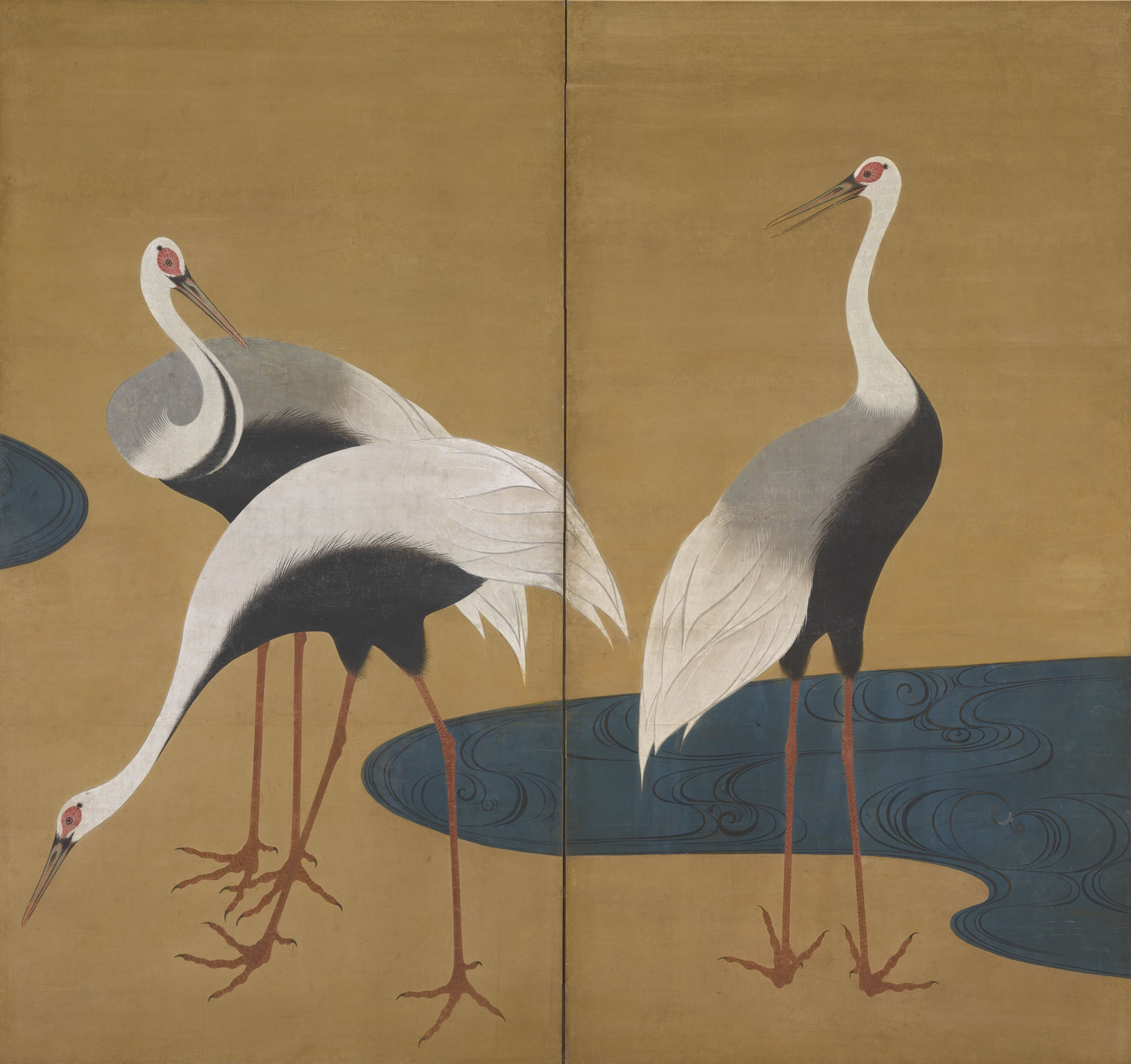As a simple matter of economic convenience, some of the best art collections in the world started out going against established taste. By avoiding what was already highly valued — and therefore expensive — collectors could build up impressive collections that could then help to dictate future tastes.
You would expect this rule of collecting to be true for modern art, but the same also holds true for traditional Japanese art, which, despite its vintage, still continues to see trends and fashions.
The Feinbergs — whose collection of traditional Japanese art is one of the best in the world — are a case in point. When they started collecting Japanese works in the early 1970s, the dominant taste were the paintings of the Muromachi Period (1338-1573), typified by ink-wash landscapes, like those of Sesshu Toyo, which owed a strong debt to China. Bolstered by their rarity value, such subtle monochrome works sat at the pinnacle of foreign appreciation of Japanese art. But, like all good collectors, the Feinbergs were led by their personal preferences — as well as their pocketbooks — to look elsewhere, finding what they were looking for in the less-appreciated works of the Edo Period (1603-1867).



